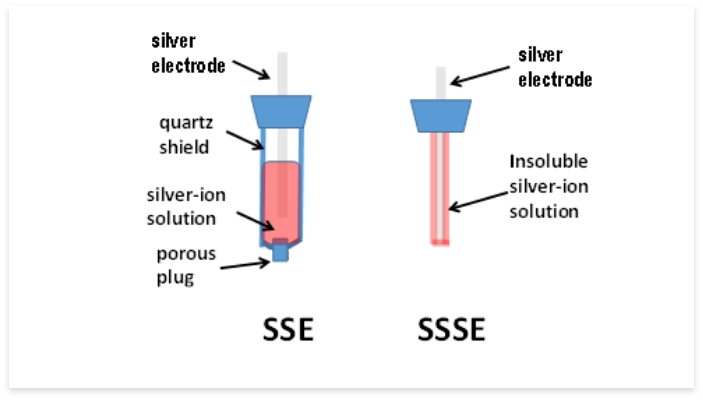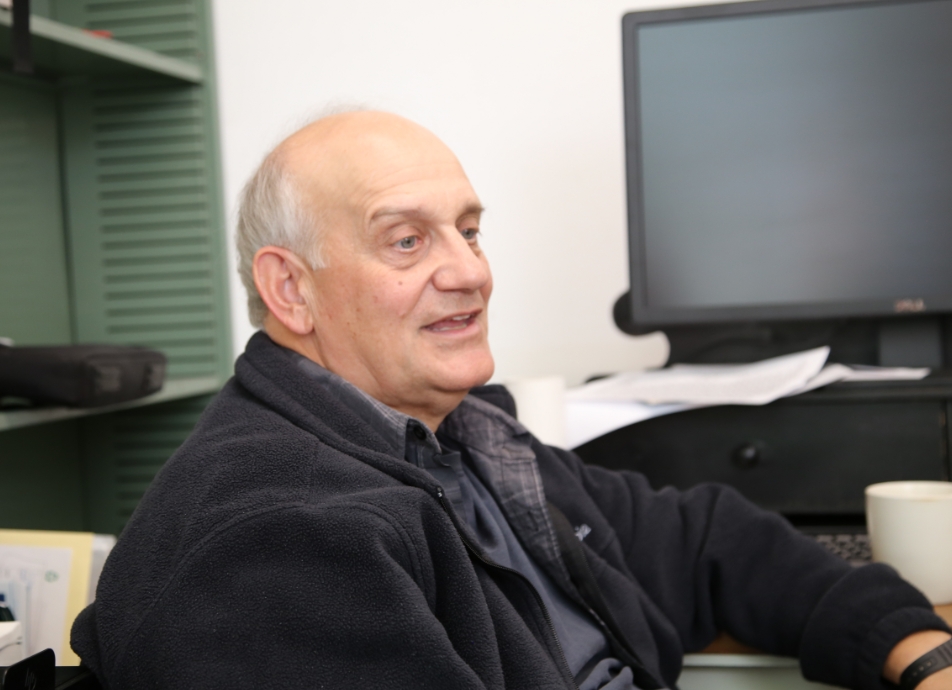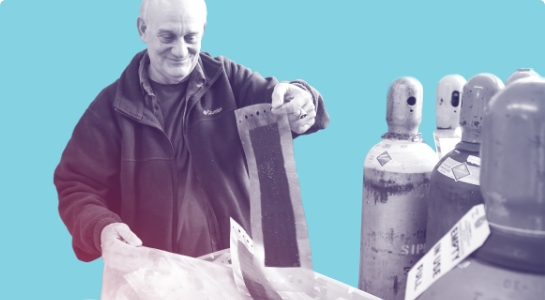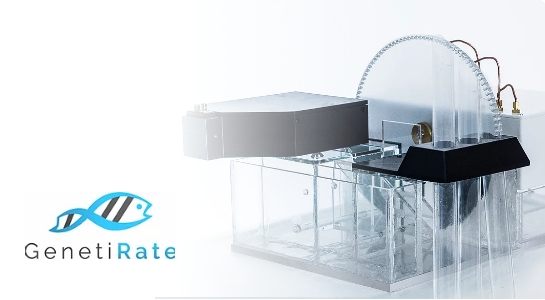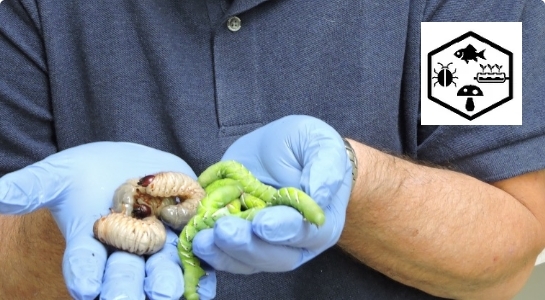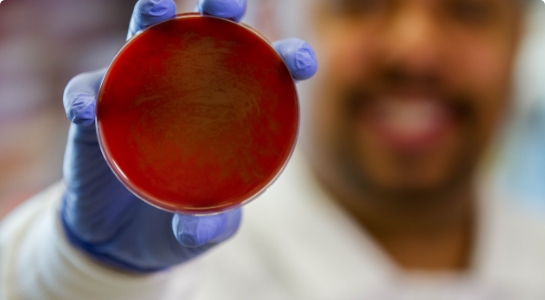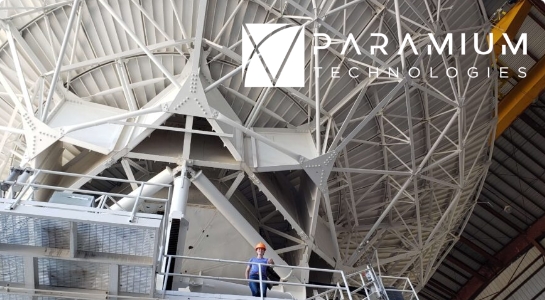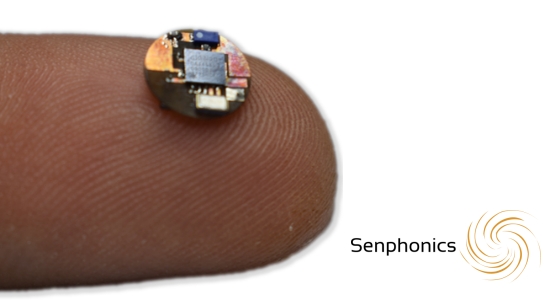
Taking High Temperature Electrodes to the Next Level of Simplicity Isn’t So Simple
Sulfur and corrosion prevent accurate reference sensing
The Gervasio lab team in the Department of Chemical and Environmental Engineering is developing a silver wire electrode for use in extremely high temperature applications. These reference electrodes have a number of uses in industry including corrosion control for petroleum storage tanks, molten salt vessels for heat transfer and energy storage in solar and nuclear power plants. They also have applications for process control in metal extraction and metal forming reactors.
